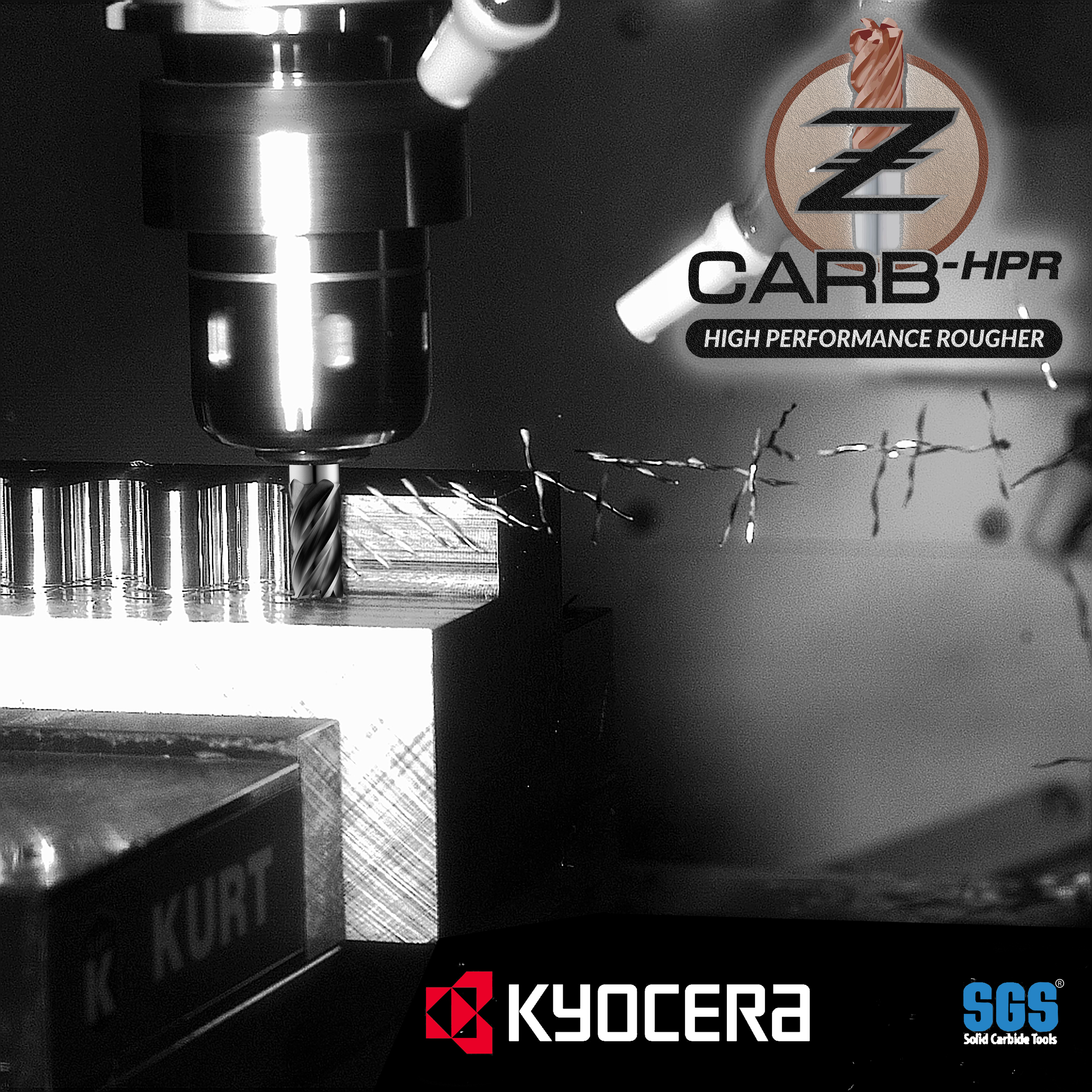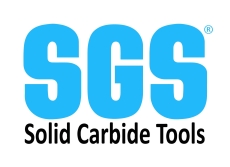KYOCERA SGS Precision Tools, Inc., formerly known as the SGS Tool Company and a wholly-owned subsidiary of KYOCERA Corporation, was originally founded in 1951 and is an ISO-certified leader of round solid carbide cutting tool technology for the aerospace, metalworking, and automotive industries. Today, it is best known for its solid carbide high performance end mills and drills. However, it is also well known for its stainless steel medical tools and technically advanced, proprietary PVD coatings. KYOCERA SGS Precision Tools, with manufacturing sites in the United States and United Kingdom, aggressively services its customers through a global network of Sales Representatives, Industrial Distributors, and Agents that sell into more than 60 countries.
Is Titanium used in the automotive market?
It is, although I see it used more in the aftermarket, racing or high-performance segment of the automotive industry along with motorcycles versus typical automotive production. I see it in areas of high-output engines such as valve train components, i.e. valves, valve springs, valve spring retainers, rocker arms, wrist pins and connecting rods. Titanium is also used for other racing applications where high strength and light weight is desired.
What are the advantages in using titanium in high-performance applications?
Anytime you can reduce weight without sacrificing strength, you are gaining performance. Performance can be improving MPG, increasing payload capacity or decreasing lap or run times in racing. There are reports showing for every 100 lbs. in weight reduction you can improve MPG by 1-2%. In high-performance engine applications, the less rotating mass you have, the less parasitic loss you have in order to generate horsepower to race with.
Is there a reason it’s not used more in general automotive production?
High costs and sourcing challenges are the key deterrents. Titanium compared to steel alloys can be 20 times more expensive per pound than steel. Combine this with machining challenges and the cost per component can get high. For example, I looked at a racing parts catalog and a set of 8, 4130 steel alloy connecting rods was shown at $250.00 where a similar set of titanium connecting rods was shown at $6000.00.









Talk to Us!
Leave a reply
Your email address will not be published. Required fields are marked *